Justin Rose: 7 Ways To Hit Longer Drives
The major champion and Olympic gold medallist can help you hit longer drives
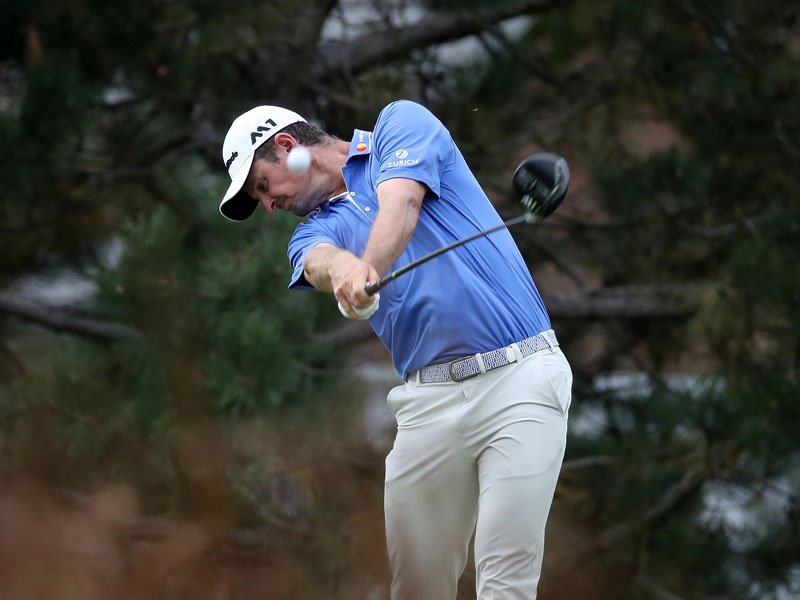
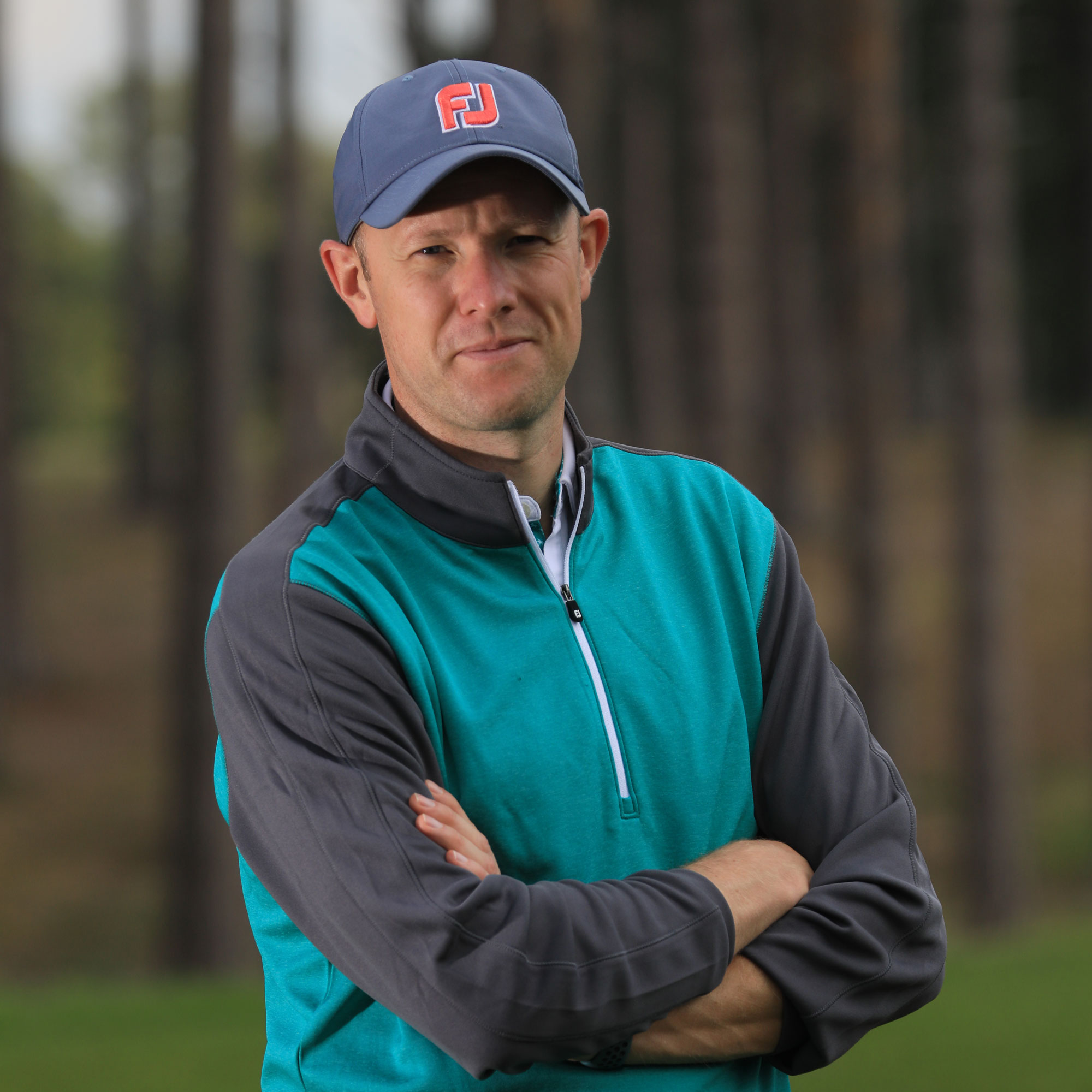
Being able to drive the ball powerfully requires good, solid swing mechanics. The good news is that if you can work on this and groove them into your game, you’ll also hit more fairways as a result.
Without swinging any harder at the ball or losing control, you should start to hit longer drives that find the fairway more often.
1. Pre-set impact
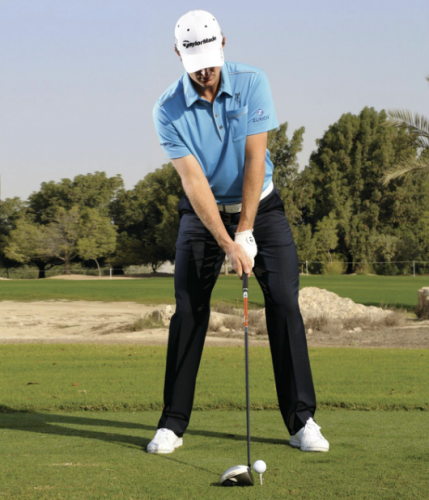
To hit the ball a good distance you need the right launch conditions. That is: high launch and low spin. That maximises your carry and your roll out. You need to understand this to understand why the address position is as it is.
You have to hit up on the ball so place it forward in your stance – inside your left heel. Then place 60% of your weight on your right side. That will give your body a bit of tilt, by that I mean your spine will be leaning slightly right as you stand over the ball and it helps you with that upward strike. This is important because you don’t want to have to try to hit up on the ball – that is when a lot of amateurs end up leaning back through impact, hitting slices and making poor contacts. This address position pre-sets your impact so you can make a normal swing and get the optimum flight.
2. Optimum launch
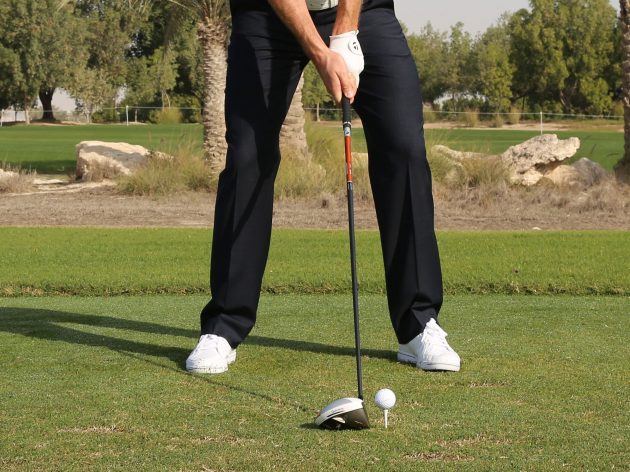
The ideal tee height for a normal shot is high enough so you strike the ball above centre on the clubface. That will give you high launch and low spin which, as I have mentioned, are the ideal launch characteristics with a driver.
If I want to keep the ball in play I tee it down. So, the tighter the hole, the lower it goes. If I feel like I need to wing it down there a long way, I’ll tee it right up. The reason for this is that the lower you tee it the more backspin you’ll create. More backspin means the ball is less likely to get away from you. For instance, with your sand wedge you create so much backspin that you can swing the club on an in-to-out path or out-to-in and you will not get that much deviation on the flight.
3. Synchronisation
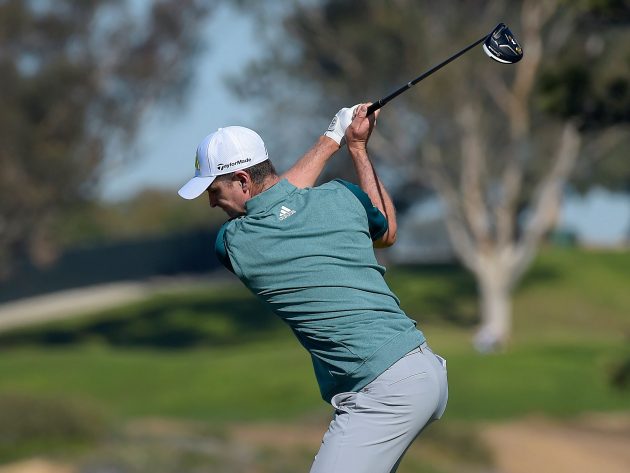
Your hands and arms need to work with your core, as your body rotates through the swing. Good synchronisation starts with the first few feet of the swing. I know that if I can keep that smooth, my backswing will develop nicely. The other thing I like to do is load up my right side. That means that at the top of my backswing my right glute and quad are really firm. That stops my backswing from carrying on too far. So basically, once my right hip stops turning, that’s the top of my backswing.
Get the Golf Monthly Newsletter
Subscribe to the Golf Monthly newsletter to stay up to date with all the latest tour news, equipment news, reviews, head-to-heads and buyer’s guides from our team of experienced experts.
4. Using your weight

I really do not want to be moving off the ball as I swing back. So if I have set my weight at 60/40 at address, I don’t want to be adding to that on the way back. Then as you make your transition, you move into your left side. By the time you hit the golf ball I would imagine the majority of your weight is on your left foot. You can’t hit the ball off your right foot. This is one of those basic sporting mechanics (think about how you throw a ball) that you need to get right. It might surprise you how many people move their weight in the wrong direction and this really hampers both distance and accuracy.
5. Natural lag
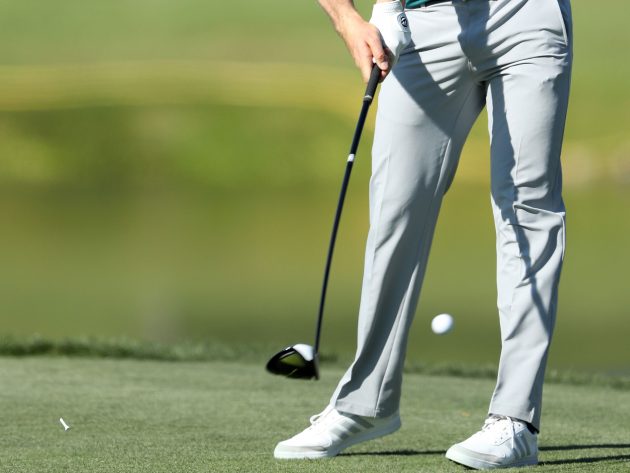
As you make the transition into the downswing and shift your weight onto your left side, you should create lag. It’s difficult to lag the club by concentrating on it specifically – usually it happens because of a chain reaction of moves created by good technique. However, one thing I would say is that if you are putting pressure into the ground through your feet on the way down (without losing your height), that will help the club drop into position for lag.
6. The release
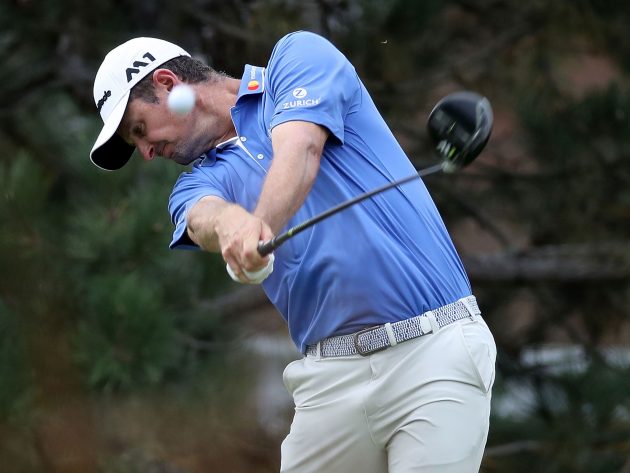
The release happens naturally and the big mistake I often see here is when people do it too early. The release will always happen because the speed of the club creates so much inertia that nobody would really be strong enough to hold on to the angle in their wrists. The problem comes when it happens too early but if you try to deliberately concentrate on getting the timing right, it’s really hard. Instead, I like to feel that my shoulders are closed as the club falls down. So, halfway through the downswing, in a sense, this makes you feel that you are stuck and the only way to deliver the club correctly is to be aggressive with your body rotation through the ball. The release happens as part of this. If you unwind too early, you’re going to have to be slow down your pivot through impact and that’s when I think you lose control.
7. Clubface stability

For me, you need to keep the speed of your rotation up for clubface stability. Remember that the toe of the club is moving faster than the heel and that is why you need to keep your hands and arms working with your core. In a sense, the faster that can all move through the shot, the more stability you will have in the clubface. If you slow your body down through impact, the inertia goes into the clubhead, you’ll actually lose control.

In July 2023, Neil became just the 9th editor in Golf Monthly's 112-year history. Originally working with the best coaches in the UK to produce instruction content, he has also presented many Golf Monthly videos looking at all areas of the game from Tour player interviews to the rules of golf.
Throughout his time with the brand he has also covered equipment launches that date back well over a decade. He clearly remembers the launch of the Callaway and Nike square drivers as well as the white TaylorMade driver families, such as the RocketBallz! If you take a look at the Golf Monthly YouTube channel, you'll see his equipment videos dating back over a decade! He has also conducted 'What's In The Bag' interviews with many of the game's best players like Rory McIlroy, Dustin Johnson and Jon Rahm. Over the years, Neil has tested a vast array of products in each category and at drastically different price-points.
Neil is currently playing: Driver: TaylorMade Stealth Plus Fairway Wood: Titleist TSR2 Hybrid: Titleist TS3 Irons: PING Blueprint S (4&5), PING Blueprint T (6-PW) Wedges: Titleist Vokey SM7 50˚, 54˚, 60˚ Putter: Odyssey Triple Track Ten Ball: Titleist Pro V1X
-
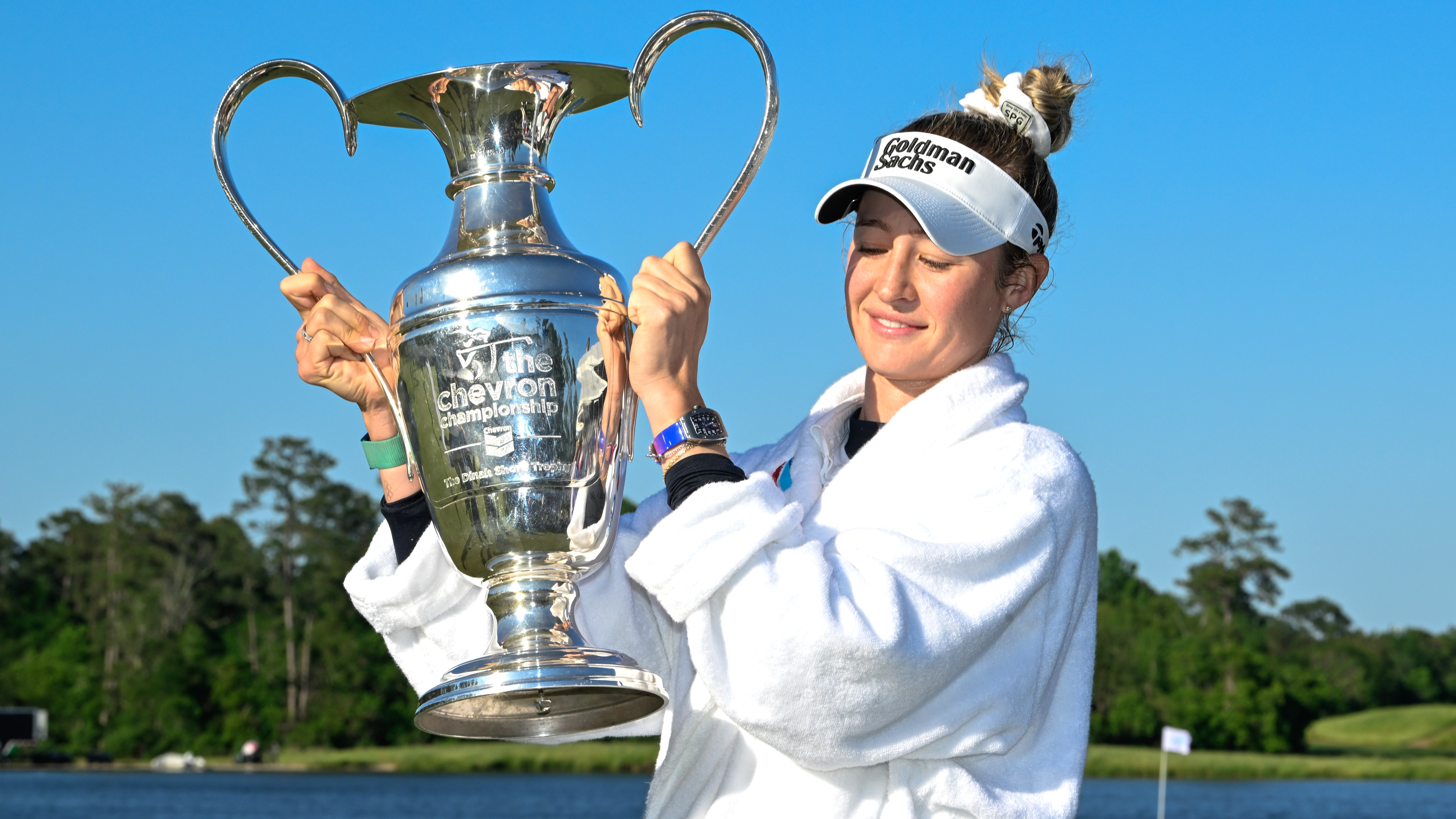 How To Watch The Chevron Championship 2025: Live Streams, TV Channels, Schedule
How To Watch The Chevron Championship 2025: Live Streams, TV Channels, ScheduleAll the details on how to watch Chevron Championship online and on TV from anywhere, as the first women's Major of 2025 takes place at Carlton Woods this week.
By Roderick Easdale
-
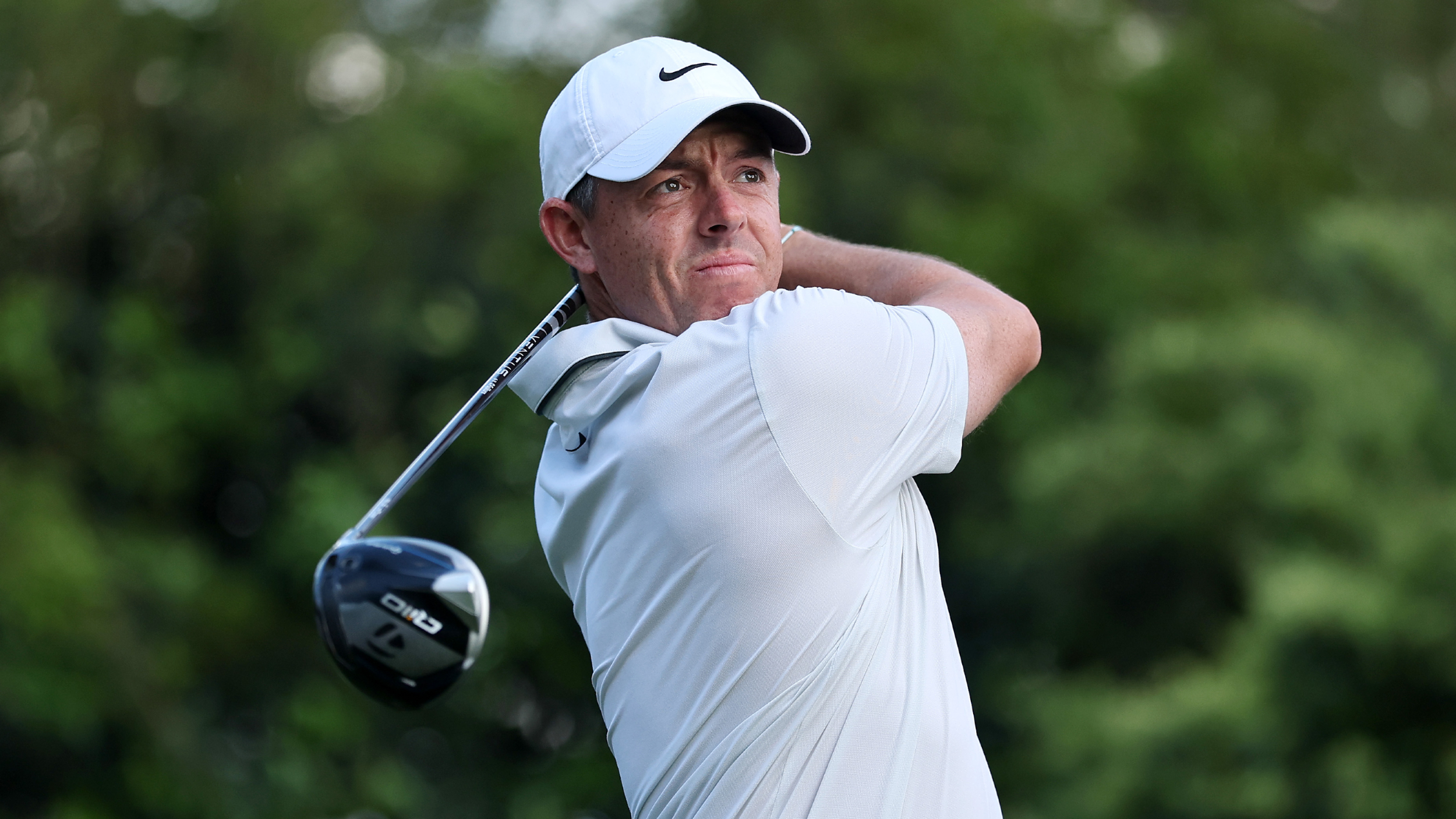 ‘I Spoke To Two Presidents The Day After’ – Rory McIlroy Reflects On 'Absolutely Amazing' Reaction To Masters Win
‘I Spoke To Two Presidents The Day After’ – Rory McIlroy Reflects On 'Absolutely Amazing' Reaction To Masters WinThe five-time Major winner revealed he had spoken to two presidents in the aftermath of completing the career Grand Slam at The Masters
By Mike Hall